10 animals that make their own food and how

A fascinating biological process
Autotrophy is a fascinating biological process typically associated with plants. However, some animals have also evolved the extraordinary ability to produce their own food through various means. These creatures challenge the traditional predator-prey dynamic and offer unique insights into the adaptability of life.
Image: Canva
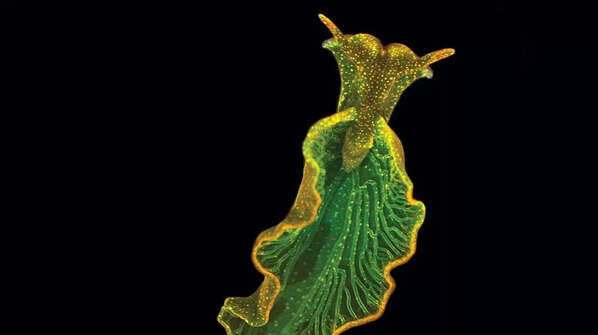
Elysia chlorotica
The Eastern Emerald Elysia, a sea slug, has a unique relationship with the algae it consumes. It incorporates the algae’s chloroplasts into its own cells, allowing it to photosynthesize like a plant. This process, known as kleptoplasty, enables the slug to survive for months solely on the energy produced by sunlight.
Image: Courtesy of Mary Tyler—Mary Rumpho/University of Maine
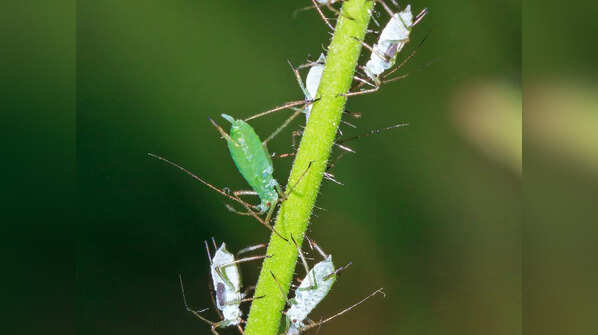
Pea aphid
Pea aphids possess the rare ability among animals to synthesize carotenoids, pigments usually produced by plants and fungi. These pigments are crucial for the aphids’ photosynthesis-like process, providing them with additional energy and a distinctive green color.
Image: Canva
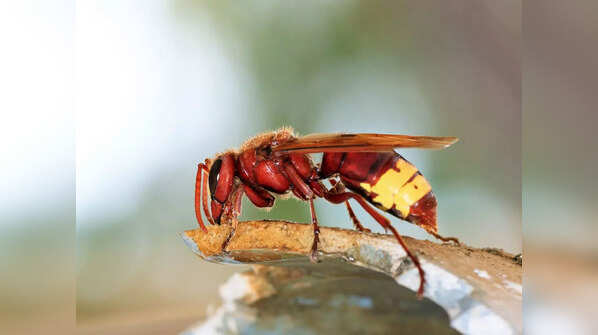
Oriental hornet
The Oriental hornet’s exoskeleton contains pigments that can harvest solar energy. Researchers have discovered that the hornet can convert sunlight into electrical energy, much like a solar panel, which is thought to supplement its energy needs.
Image: Canva
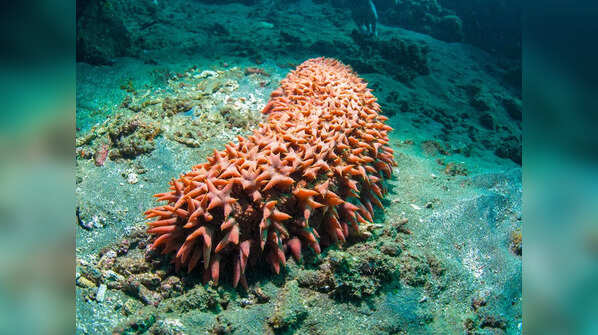
Sea cucumber
Found in the deep sea, this remarkable cucumber hosts algae within its body. In the scarce environment of the ocean depths, the algae provide a vital source of nourishment through photosynthesis, which the sea cucumber benefits from.
Image: Canva
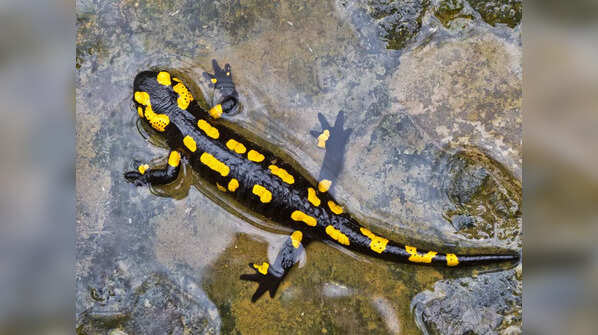
Spotted salamander
This amphibian has a symbiotic relationship with algae, especially during its larval stage. The algae live inside the salamander’s cells and perform photosynthesis, providing oxygen and carbohydrates to the salamander in exchange for nitrogen-rich waste products.
Image: Canva
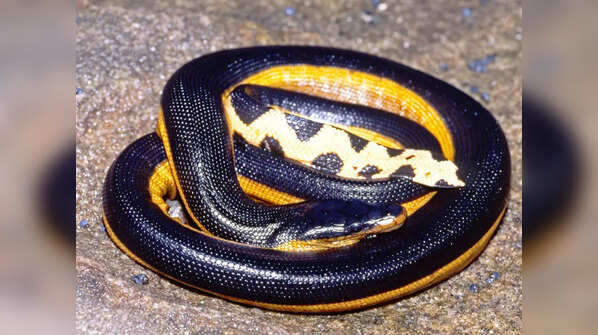
Yellow-bellied sea snake
The yellow-bellied sea snake can absorb up to 25% of its oxygen directly through its skin. In calm seas, this adaptation allows the snake to draw oxygen from the water’s surface, reducing its need to surface for air and thus conserving energy.
Image: Canva
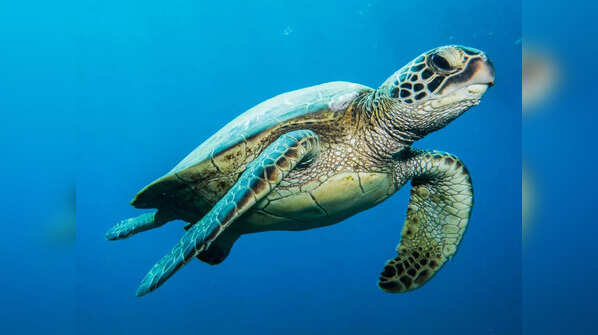
Green sea turtle
While not autotrophic, the green sea turtle’s diet consists mainly of seagrass and algae. Its efficient digestion process allows it to extract a significant amount of nutrients from these plants, sustaining its large size and long lifespan.
Image: Canva
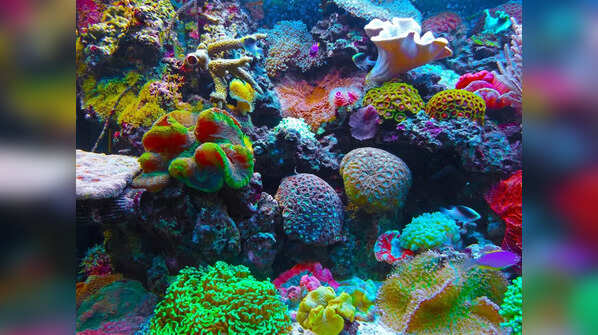
Corals
Corals form symbiotic relationships with zooxanthellae, tiny algae that live within their tissues. The algae perform photosynthesis, providing the corals with glucose, glycerol, and amino acids, which are essential for coral growth and reef building.
Image: Canva
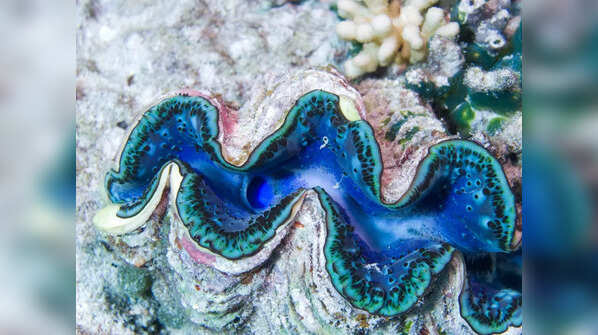
Giant clams
Giant clams harbor symbiotic algae in their mantle tissue. The clams provide a safe environment and the compounds necessary for photosynthesis, while the algae supply the clams with sugars and amino acids produced through photosynthesis.
Image: Canva









